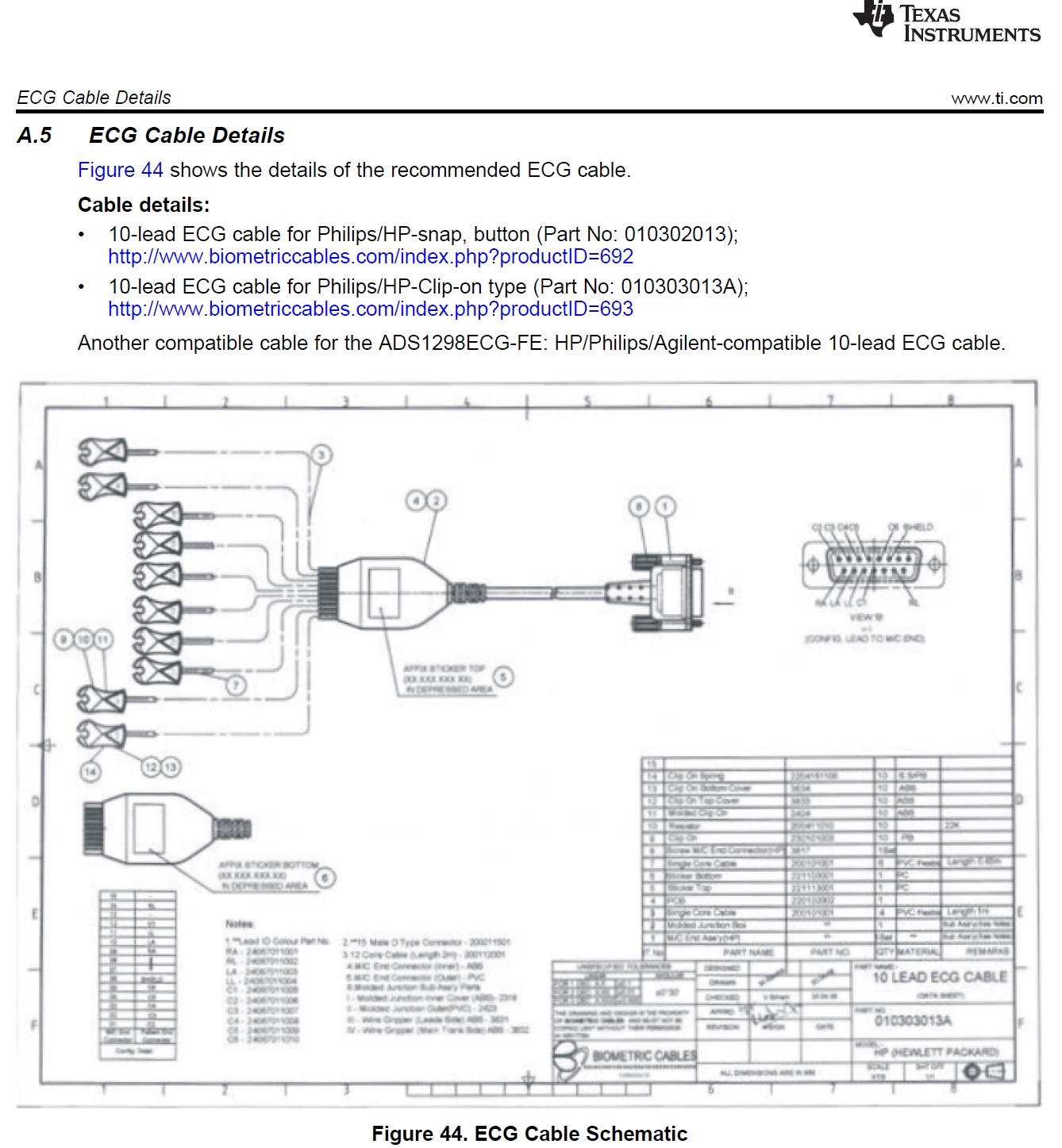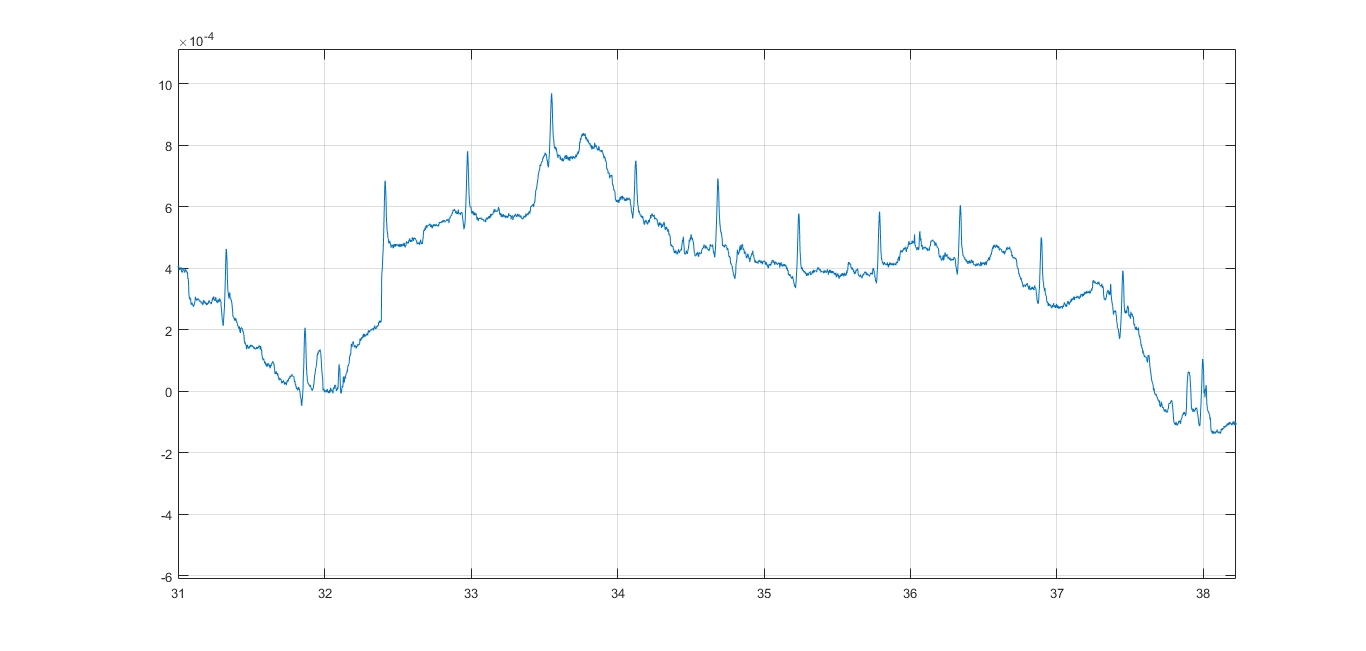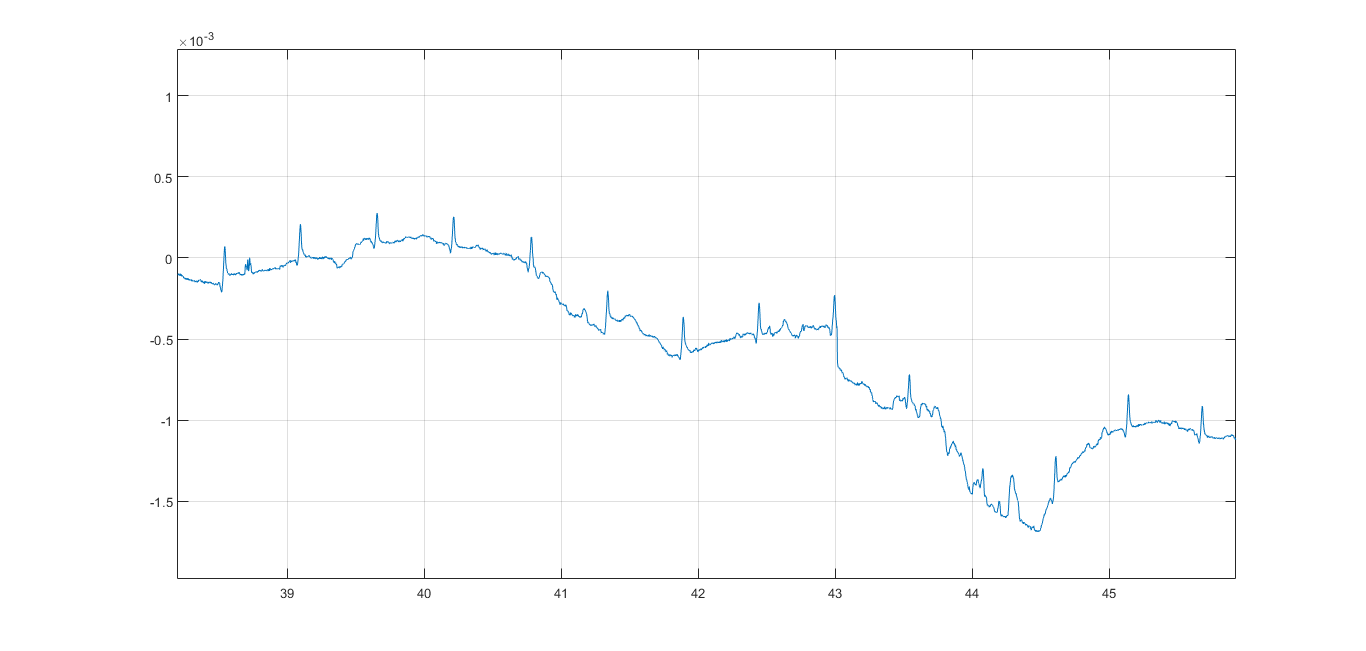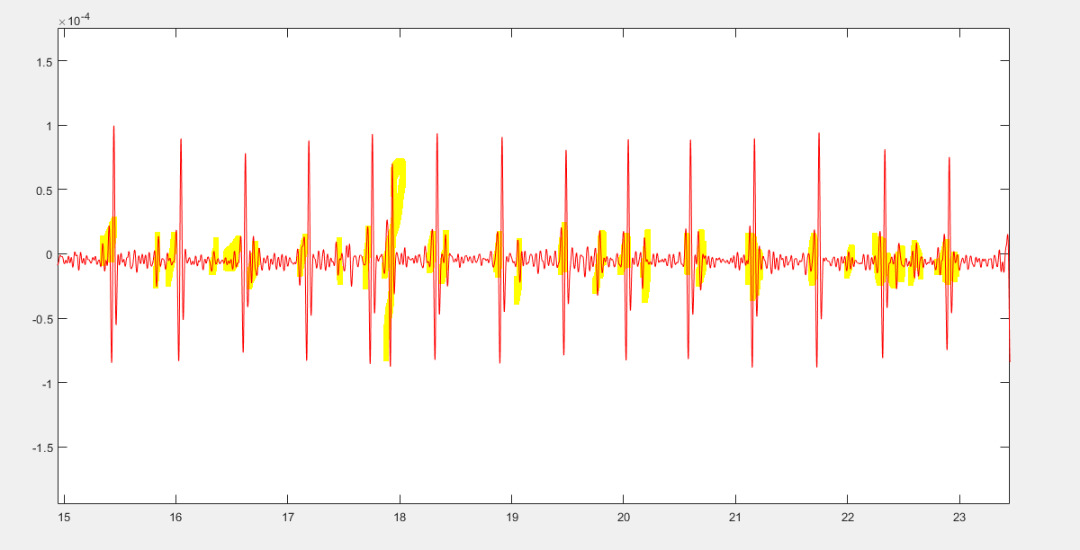Other Parts Discussed in Thread: ADS1293EVM, , ADS1298, ADS1293, ADS1299
I have unsuccessfully tried to use an ADS1293EVM with a 5 lead sensor cable to detect fetal heart rate during pregnancy. I am able to detect the mother's heart rate but not the baby's.
1 - Can someone tell me if I would gain an advantage in my project, by using the ADS1298ECGFE-PDK, Performance Demonstration Kit?
I can see that this board would allow me to use a 10 lead/sensor DB15 cable instead of the current 5 lead/sensor DB9, and hence should allow for more surface area to be covered during data capture. But I am not sure what other technical improvements in terms of noise reduction or sensitivity I would gain. I would appreciate any clarity that you can give me on this matter.
Also, on Page 46 of the datasheet for the ADS1298ECGFE-PDK, a diagram of the pin layout for a DB15 cable is give. However, as shown attached, the quality of the original document is very poor and I cannot see the writing on the page.
2 - Does anyone have a better quality copy or can direct me to where I can get the relevant info on that page?
The ADS1293EVM board that I currently have, is connected to a computer using a USB cable that does both transfer the captured data to the provided software and also powers up the board. I can see that the ADS1298ECGFE-PDK does power up with a 6V power supply. But I cannot see how the board is connected to the computer to transfer data.
3 - Can you please let me know what I need in order to link this board to the computer and transfer the data as I capture it?
I thank you in advance. I, unfortunately, don't have much technical knowledge on this and desperately need to fix my setup and finish my project.
Arash
 quality copy or the actual infomation on the page that I can access?
quality copy or the actual infomation on the page that I can access?








